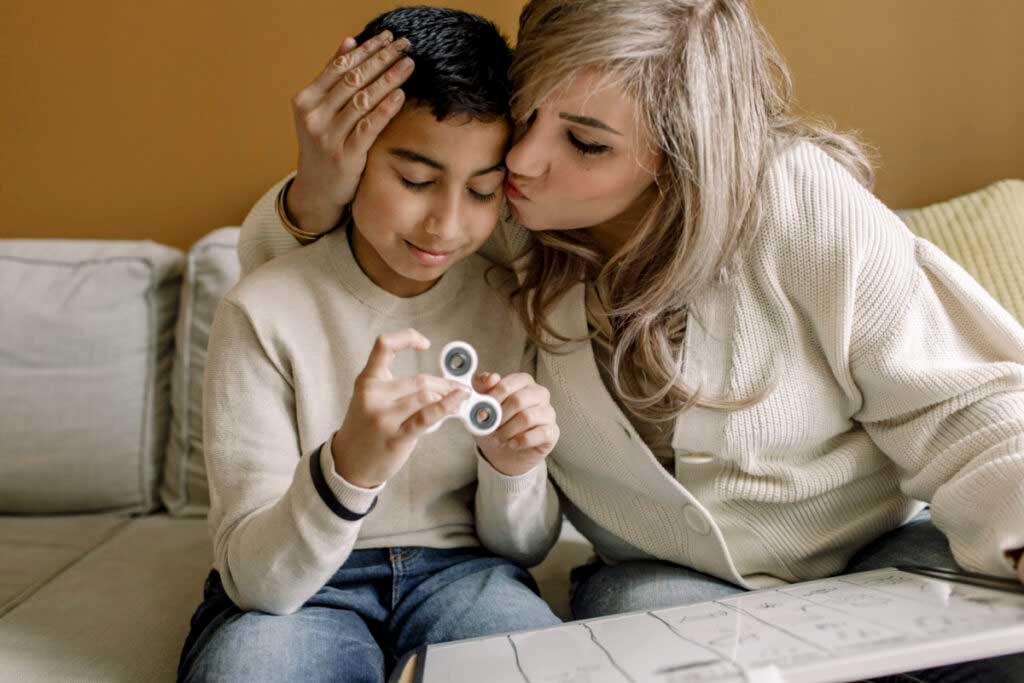Last week is when I started to crack a bit. Was that me crying in the Whole Foods parking lot last Thursday? Yes, yes it was.
Don’t get me wrong: I feel lucky that my family is healthy, we are still employed, the kids are adapting like champs. But I am still finding this very hard; I miss doing my job from my office and seeing other people. I’m sad for my kids that they cannot see their friends. I miss my parents and my in-laws. And really, beyond this, I miss doing regular stuff. Last night I had a dream that I went to a bookstore. That was it! The whole dream was just walking around a bookstore. I didn’t even buy anything.
I cannot be the only person who feels this way. So, today, the newsletter is a throwback to what it might have been (and will one day be!): about data for parents. Let’s dive in and revisit a common parenting question which may or may not be an old wives tale.
Does teething cause fever?
People love to blame things on teething. Penelope’s first nanny, Madu, was committed to the view that teething caused diarrhea. It’s blamed for irritability, sleep regression, rashes and more. And probably the leading claim: teething causes kids to get a fever. True, or old wives tale?
We can stipulate first that a lot of kids do get fevers around the time they get teeth. We know this for several reasons. First, teething lasts a very long time. Like, a year or more for just the first set. Kids get a lot of fevers; I wrote about this in Cribsheet, but the average kid gets around 7 colds a year. So, some of the time you’d expect the colds to align with the teeth.
A second issue is that right around the time that most babies get their first teeth, they also start putting things in their mouth. The timing just works out that way. But when you put more stuff in your mouth, you get more germs. So if little Alyssa gets her first tooth right around the time she is starting to put her older brother’s toys in her mouth, you might be tempted to connect them causally. But they wouldn’t be.
In order to study this systematically, you’d need to follow kids over time and see if they had a higher temperature on days when they had a tooth “eruption” (basically, when a tooth comes out.) This isn’t necessarily that difficult to do, although it’s also not that important a question so it is perhaps not surprising that there is not a lot of literature on it.
One meta-analysis, however, is to the rescue with its summary of 6 papers. The results are mixed and the underlying papers are, frankly, of poor quality. The notes on one of the papers indicates: “Fever characterization and the evaluation of tooth eruption were not described.” Translation: in this paper (which finds a link between tooth eruption and fever) they fail to describe either how they evaluated the fever or how they evaluated the tooth eruption. How is one supposed to learn from that?
For what it is worth, the overall conclusion of this meta-analysis is that on average there is no link between tooth eruption and fever. But the papers do not all agree – some do find a link, others do not.
More recently, in 2015, a somewhat better paper set of evidence was produced in the service of a trial to figure out what therapy worked best to make teething kids feel better. This paper enrolls a larger sample — about 270 kids — and followed them over the course of teething. They do find that teething causes some mild increase in body temperature. On the day of the tooth eruption, kids had an average temperature of 98.1 degrees, versus 97.7 on the day before and after.
However, this is very small and these are both in the normal range. There was no link between teething and actual fever. The authors also find that parents are more likely to report their child has a fever on the days they are teething. But, actually, that seems to be just what they think — it doesn’t show up in the official measured temperature data. All in all, this paper concludes that teething isn’t associated with any particular illness symptoms (not diarrhea, either — sorry Madu!) It does seem to be associated with drooling and parental reports of irritability.
Oh, and what does that study say is the best way to deal with teething? Teething rings and cuddle therapy. Frankly, cuddle therapy is probably what we could all use right now.

















